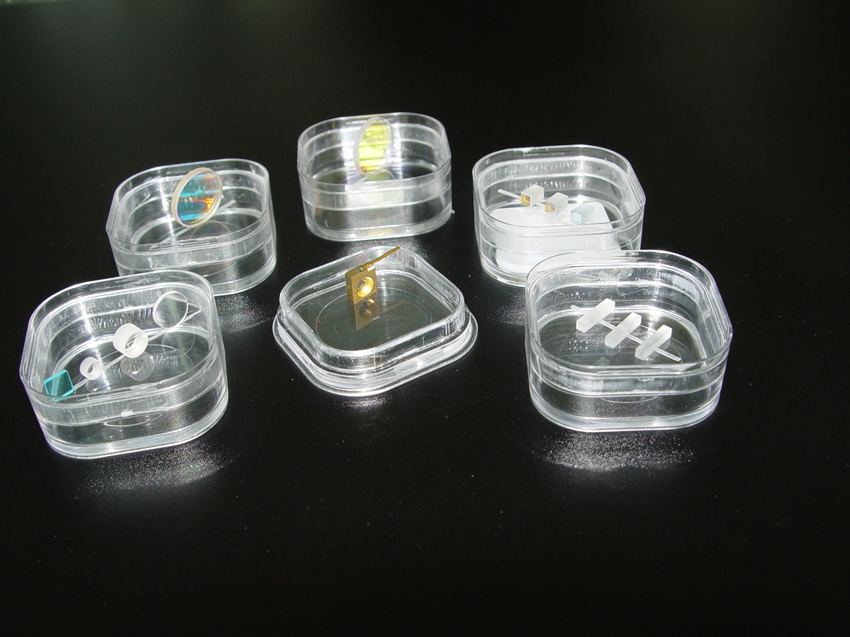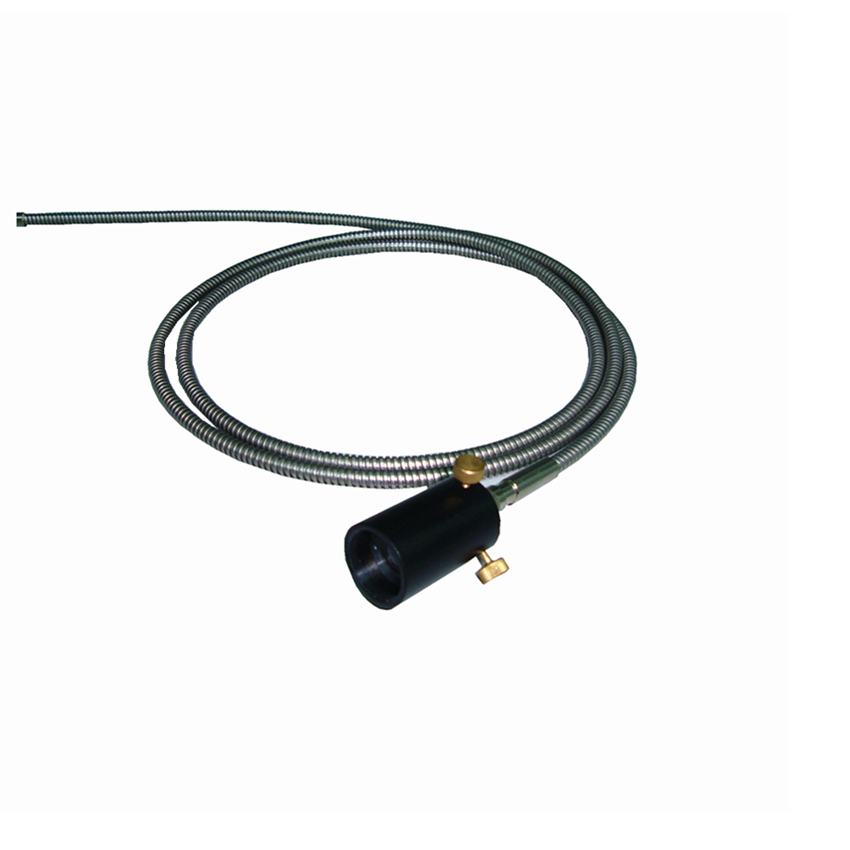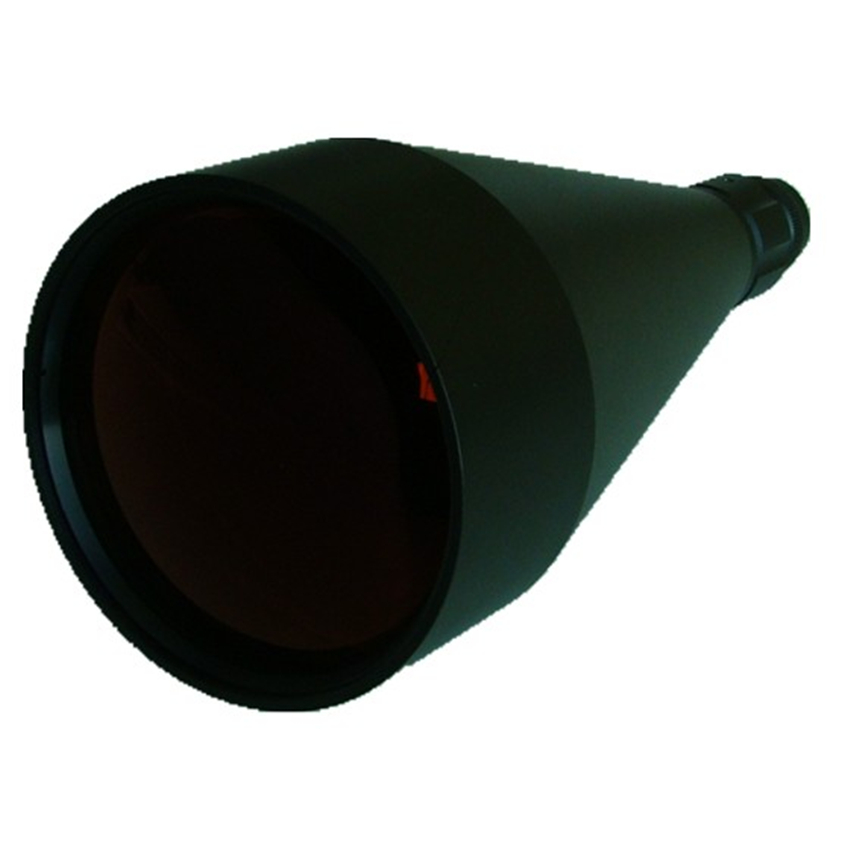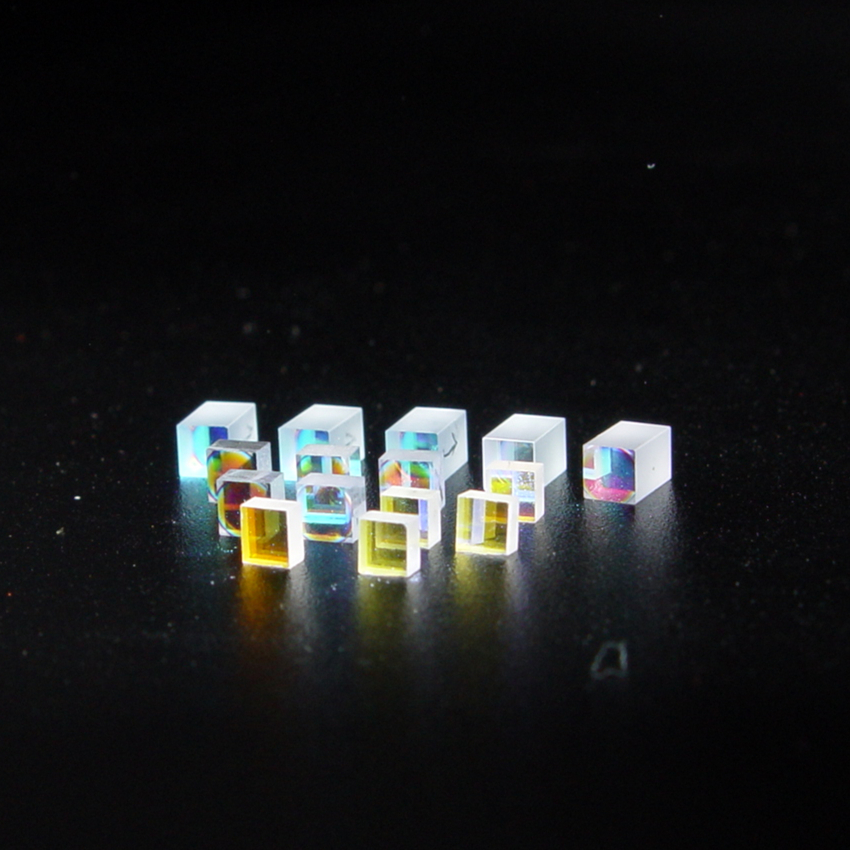New technology of iron ore magnetization roasting---magnetization roaster 2

(2) Rotary kiln The rotary kiln is mainly used to treat a furnace type with an ore size of 30 mm or less. Various types of iron ore can be better performed magnetic roasting, roasted ore better quality. The most widely used rotary kiln structure for iron ore magnetization roasting is shown in Figure 4.

The rotary kiln is a cylinder made of heat-resistant steel plate, and its inner wall is lined with refractory bricks. It is divided into a heating belt, a reduction belt and a cooling belt along the length of the kiln body.
The ore is fed into the heating belt from the tail end of the kiln, moves forward with the rotation of the kiln body, and is heated in contact with the hot air flow flowing in the reverse direction. After entering the reduction zone, it reacts with the reducing agent to form a magnetite ore, and then enters the cooling zone and discharges the ore. The end is discharged. The ore is generally 3 to 4 hours in the kiln, and the filling coefficient in the kiln is 20 to 25%.
China's Jiuquan Iron and Steel Company's rotary kiln roasting workshop designed six kiln, now built. The workshop consists of a feeding system (ore and coal ), a dust collection system, a roasting kiln system, a discharge system, a coal milling system and a water circulation system. Rotary outer diameter of 3.6 m, diameter 3.1 m, length 50 m, the effective volume of about 377.4 m 3. Kiln lined with a high aluminum bricks, kiln inclination angle of 5% kiln body 8 is attached to 4 groups tuyeres and temperature measuring device, the number of revolutions of the kiln body 1.37 rev / min. Restore bituminous coal. Coke oven gas for heating.
The Soviet Crivolog Central Selection Company has 30 ф 3.6 × 50 m rotary kiln for industrial production. [next]
(III) Boiling furnace The boiling furnace is mainly used to treat a furnace type with an ore size of 3 to 0 mm (5 to 0 mm).
Boiling roasting is based on fluidization techniques. The solid particles form a fluidized bed under the action of a gas stream, which is called a fluidized bed or a fluidized bed. In this way, the ore can be heated and reduced in a boiling state, which is beneficial to improve the quality of the roasted ore.
Anshan Iron and Steel Co., Ltd. designed and built a 700-ton reverse-type half-carrier two-phase boiling roaster on the basis of a 100-ton/day test furnace, as shown in Figure 5.

The roaster consists of a main furnace and a sub-furnace. A partition is arranged in the middle of the main and auxiliary furnaces, the upper part is connected, the furnace is a square section, the reduction belt of the lower part of the main furnace is a circular cylinder body, and the gas distribution board is arranged at the bottom. There are 10 layers of baffle plates in the auxiliary furnace. Brick structure for the furnace, metal shell. The main and auxiliary furnaces are equipped with three rows of gas burners at different heights for combustion. In addition, there are temperature measuring and pressure measuring devices.
Industrial tests were carried out on Qigangshan hematite ore in Anshan Iron and Steel Co., Ltd. A better calcination index is obtained. The original ore is ground to 3 to 0 mm by a ф4×1.2 m medium-free grinding machine. After being transported to the main furnace, the ore is subjected to gas flow in the furnace for natural classification. The separated fine fraction is subjected to carrier-reduction and calcination with the gas stream; the coarse fraction falls in reverse direction with the rising gas flow in the main furnace, is heated in a dilute phase state, and then is subjected to a reduction reaction in a concentrated phase ebullated bed to complete the reduction. Calcination process. The calcined coarse product is dropped into the lower slurry pool through the overflow pipe disposed on the gas distribution plate for quenching; the fine-grained product is also discharged into the slurry pool through the auxiliary furnace and the lower portion of the dust collector. The roasting operation conditions are: the treatment capacity is 320 tons/day; the main furnace reduction zone temperature is 450-500 ° C; the combustion zone is 830-870 ° C; the auxiliary furnace dilute phase section 710-850 ° C; the exhaust gas discharge temperature is 600 ° C; Mixing gas of blast furnace and coke oven is 2000~2500 m3 /h, heating is 800-1500 m3 /h; gas pressure is 23-24 kPa, calorific value is 75 kJ/ m3 , air consumption is 3000-5000 m3 / Ton.
Optical Components and Accessories, including a wide selection of Laser Diode , Laser Crystal, Optical Lenses, Optical Filters, Optical Mirrors, Windows, Prisms, Beam splitters, Beam combiner, Beam Expander, Temperature controlled heatsink, etc.. They are integrated into a limitless number of applications, such as microscopy, imaging, or interferometry for industries ranging from the life sciences to testing and measurement.
Laser Diode
CNI provides laser diode with free space and fiber coupling option from 405-1550 nm wavelength range. The free space laser diode can be divided in to single mode and multimode. The Fiber Coupled Laser diode can be divided into SM, PM, MM pigtailed and High Power Laser Diode module. The small emitting aperture, combined with low beam divergence, make these devices the highest-brightness family of CW laser diodes available in the industry.

Optical Fiber
CNI can supply specialty optical fiber for laser coupling. Our products include single-mode fiber, multi-mode fiber, polarization maintaining fiber, liquid light fiber and fiber with pigtailed GRIN lens collimators for all our existing laser modules from visible to near IR transmission.

Beam Expander
A beam expander is any optical system designed to increase the diameter of a laser beam. In most cases, the term is taken to mean a telescope designed to take a small-diameter collimated beam input beam and produce a larger diameter collimated output beam, thus reducing the divergence of the beam. The beam expander consists of a negative input lens and a positive objective. The expansion factor is the ratio of the focal length of the two lenses.

Coated Laser Crystal
CNI is capable of supplying a large quantity of laser crystals with high damage coatings to meet the tough requirement from both the OEM and R&D customers.

Laser Components,Laser Accessories,Laser Beam Expander,Laser Optical Fiber
Changchun New Industries Optoelectronics Technology Co., Ltd. , https://www.lasersciences.com